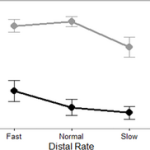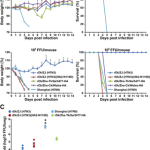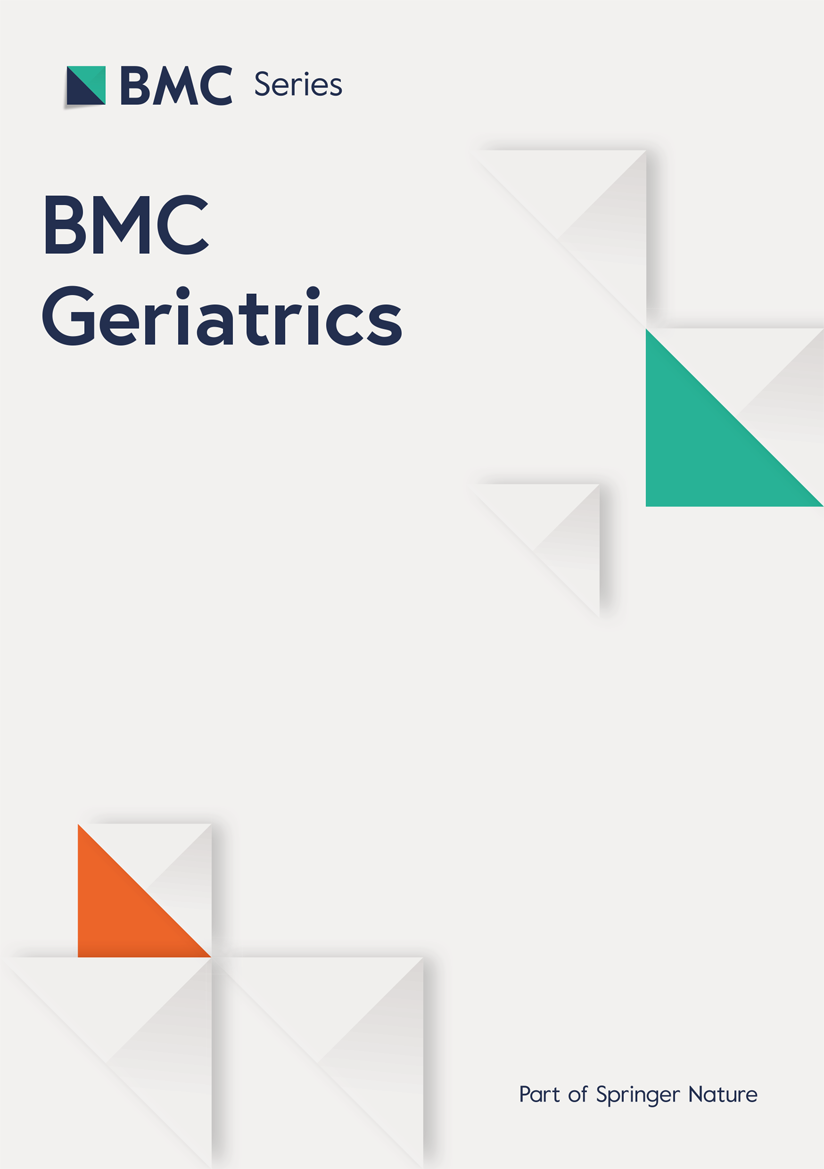The magnitude of China’s aging phenomenon stands out distinctly in the world. Notably, the total number of older adults with functional limitations in China increased from 33 million to 40 million between 2010 and 2020 [1, 2], and is projected to reach 140 million by 2050 [3]. Activities of daily living and instrumental activities of daily living serve as pivotal indicators of functional limitations for older adults [4]. Activities of daily living focus on self-care activities encompassing bathing, dressing, toileting, transferring, continence, and feeding [5], while instrumental activities of daily living encompass community-related activities like housekeeping, cooking, shopping, managing finances, and medication administration [6].
Among these daily living activities, toileting and bathing deserve attention in later life due to their distinct characteristics. On one hand, bathing serves the purposes of attaining cleanliness, fostering a sense of order and routine in daily existence, and facilitating relaxation and rejuvenation [7]. This practice is generally imbued with values inculcated during youth, often intertwined with concepts of well-being and virtue [7]. On the other hand, the role of toileting is of pronounced significance as a contributing factor to unintentional falls and injuries among older individuals [8]. Paradoxically, for those who require toileting assistance, the act of having their toileting behavior observed by others is often met with discomfort and engenders feelings of embarrassment [9]. Moreover, the privacy inherent to both bathing and toileting activities necessitates a secluded environment. Additionally, both toileting and bathing necessitate fundamental physical coordination, balance, and sensory capabilities. Specifically, toileting activities encompass a spectrum of tasks, including the donning and doffing of clothing, cleansing the buttocks, and dispensing toilet paper [10, 11]. Similarly, bathing involves a repertoire of actions such as bending, turning, lifting limbs, and employing manual dexterity to manipulate objects [12, 13].
Toileting disability or bathing disability is commonly defined as the presence of difficulties in performing toileting or bathing activities, necessitating external support to accomplish these tasks [14, 15]. Previous studies have consistently shown that toileting disability significantly influence mental health, social participation [16], and the quality of life [17]. A prospective cohort study involving community-dwelling older persons revealed an association between persistent bathing disability and the heightened risk of eventual admission to long-term nursing care facilities [18]. Consequently, the provisions of toileting assistance and bathing support hold notable clinical and societal implications of significance.
Concerning care provision, the sustainability of funding for formal care systems serving older adults faces challenges [19]. Guided by Chinese filial piety, which emphasizes family members providing physical care, emotional support, respect, and obedience to older adults, a significant number of older individuals rely on family support. This reliance on family support is expected to persist [3]. Recent Chinese national research on the living arrangements of older adults indicates that 91.7% reside with family members [20]. These cohabitants often serve as primary caregivers for older adults. Moreover, many older individuals have children living with them or nearby, who offer frequent contact and regular non-financial assistance [20, 21]. Additionally, currently married older adults exhibit significantly lower rates of unmet needs compared to those who are single, separated, or divorced [22]. Older adults primarily rely on spouses, adult children, and cohabitants to provide them with care in a home setting, as they serve as crucial family care resources for providing practical assistance [23]. Nevertheless, older individuals with access to family care resources may not always receive care that aligns with their specific needs. Prior studies, such as Zhu (2015), have indicated that the unmet needs for daily care among older individuals have consistently remained high over the years [24]. Additionally, research by Desai (2001), has revealed that the prevalence of unmet needs in specific areas, such as toileting (17.6%) and bathing (16.7%), exceeds that for eating (10.2%) and dressing (13.1%) [25]. This suggests that caregivers may have prioritized assistance with eating and dressing over toileting and bathing [25].
From a perspective of national policy and planning, the current trend in China emphasizes promoting family care as a key component in providing social services to the older people. This approach encompasses a comprehensive framework with three primary levels of care: family-based care, serving as the foundational component; community-based care, functioning as a supportive element; and institutional care, serving as a complementary aspect. Informal care by family members is considered the primary support for Chinese older people within this framework. To facilitate the transformation of available family care resources into practical support and to enhance the development and targeting of home and community services, it is essential to understand the prevalence and the relationship between availability of family care resources and assistance with toileting or bathing.
However, there have been few population-based studies that have investigated the prevalence and the relationship between availability of family care resources and assistance with toileting or bathing. Numerous studies have examined the prevalence of family care providers for older adults with functional limitations [3, 26]; however, they did not adequately examine the prevalence of the availability of family care resources. Some studies have used availability of family care resources (e.g., having adult children) as an instrumental variable to mitigate endogeneity when assessing the effect of informal care on formal care use [27], but not as the primary predictor nor specifically related to toileting assistance or bathing assistance. Moreover, in most studies, receiving family care has been typically examined as a summation of caregiving across various activities such as dressing, bathing, transferring, toileting, and eating.
Providing support to older adults with functional limitations living in the community is a crucial health policy concern in this century. Personal hygiene, particularly bathing and toileting, has historically not received adequate attention [28]. Additionally, it is important to note that activities such as bathing or showering are frequently regarded as highly private. This study presents essential new evidence regarding the association between availability of family care resources and bathing assistance, which can inform policies and interventions aimed at enhancing family care overall. The specific research questions are as follows: What is the status of availability of family care resources (spouse availability, adult child availability, and living arrangement) among adults with functional limitations? Are those with family care resources more likely to receive assistance with bathing and toileting, compared to those without such resources?.







Add Comment